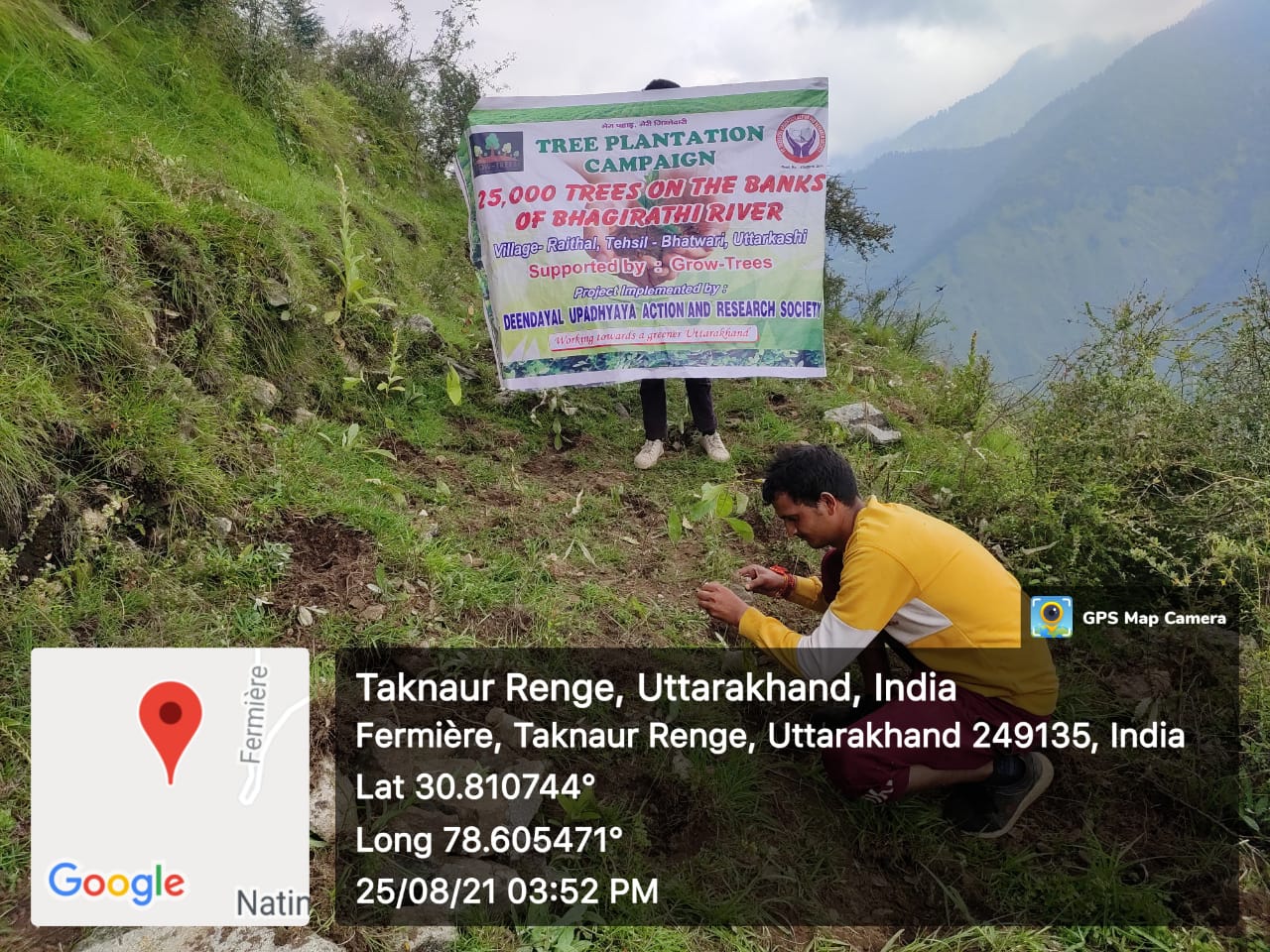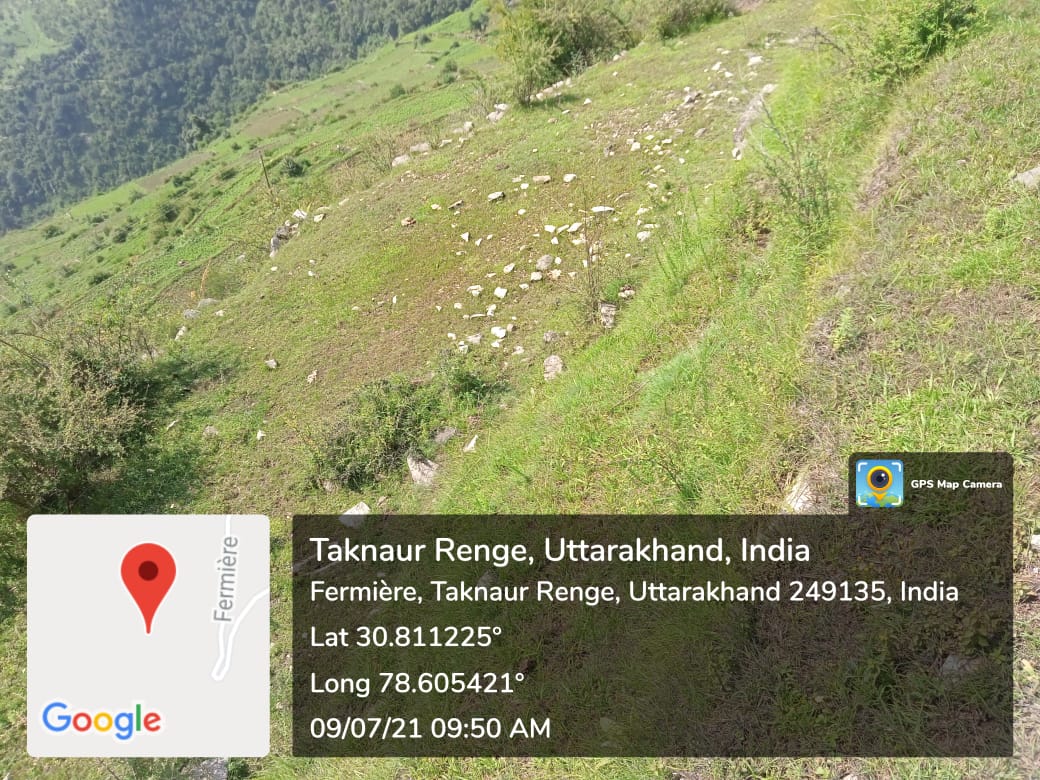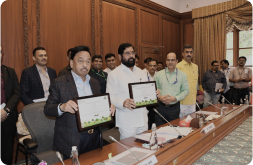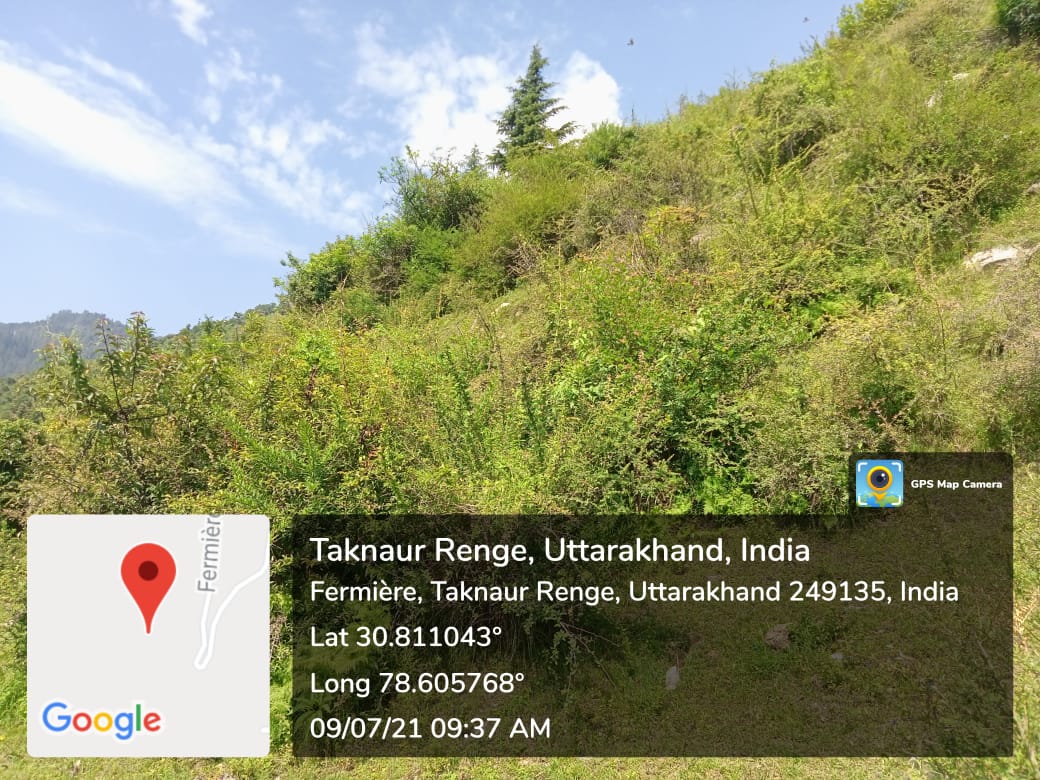










Project Target
0% Remaining
25,000
Trees Planted out of 25,000 Trees

Project Location:
The project involves the plantation of 25,000 trees in the community land of Village Raithal, Taknor (Bhatwari Block, Bhatwari Tehsil) located in Uttarkashi, Uttarakhand.
Project Aim
In Uttarkashi district, there are several small and large rivers. Among these, the Yamuna and the Bhagirathi, a tributary of the pious River Ganga, are the largest and holiest. Grow-Trees has launched an afforestation initiative along River Bhagirathi’s banks in Uttarkashi to conserve and restore this sacred river. Planting trees will help in recharging groundwater, which will then recharge the river via tiny tributaries.
According to WWF, Ganga is one of the most endangered rivers in the world. This sacred river is becoming increasingly erratic in terms of floods and droughts. The Ganga at Prayag, Uttar Pradesh, was so dry in May 2016 that people were walking over the riverbed. Only three months later, the river's monsoon floods wreaked havoc in Bihar and Uttar Pradesh, impacting 4 million people and displacing 650,000. As a result, the flood, which came right after the drought had a devastating impact on crops.
Talking about plantation activities along the river, Dr. Savita, Director, Forest Research Institute, Dehradun stated, “It will contribute to checking siltation and increasing the water flow.” “Ganga remains one of the most sacred rivers in the world with sacred pilgrimage sites and cities along its banks. Its depleting water flow has been a cause of concern for the citizens and the government alike. The revival of forests in the areas where the river flows will help in restoring it.”, quoted ANI in its article on ‘Massive afforestation to help conserve, rejuvenate River Ganga”.
Riparian zones are strengthened by trees, resulting in healthier, safer, and more productive ecosystems. A network of land and aquatic species coexist to form riverine ecosystems. Research and studies of such ecosystems have revealed that trees are not only desirable but also crucial for supporting rivers and mitigating disasters.
Rainwater seeps into the soil and becomes groundwater, which then slowly travels underground and into streams, rivers, and other bodies of water. The living and decaying roots of trees make the soil porous by forming a network of well-connected, minuscule channels in the soil. These channels enable rainwater to seep into the soil several hundred times faster than it seeps through the soil without channels.
According to studies, water infiltrates soil more quickly in forested regions than in crops, degraded forests, or grazed grassland. Groundwater absorption was 42 percent for forests, 32 percent for agricultural land, and 15 percent for degraded scrubland in a study conducted in Belgavi, Karnataka on a Krishna sub-tributary, indicating that forests absorbed nearly 30 percent more water than agricultural land and nearly three times that of degraded land.
Trees are responsible for creating balanced, healthy landscapes that can help to mitigate the consequences of extreme weather conditions. Rivers are large bodies of water that go through a lot of upheavals as they meander through diverse landscapes, experience changing seasons, and are subjected to infrastructure developments that reduce their ability to support life and hold water. Aiding river conservation by planting trees has become critical in order to avoid a situation in which the world's most important freshwater supply is depleted completely.
When a tree matures, it offsets 20 kg of carbon and generates 118 kg of oxygen each year. As this project is located alongside the banks of River Ganga’s tributary, Bhagirathi, afforestation in this region would improve the quality and quantity of groundwater.
Trees will help to prevent soil erosion and re-fertilize the soil in the area. These trees will also safeguard the local communities by reversing the effects of severe climatic conditions and natural occurrences. The project will create approximately 1400 workdays in the nursery and planting activities for the local communities, in addition to increasing water catchment, reducing soil erosion, recharging groundwater, providing flowers, fruits, fodder, and fuel, improving wildlife habitats, generating oxygen, reducing carbon dioxide in the atmosphere, and combating climate change.
Considering that this region is prone to earthquakes, the trees planted will help in holding soil tightly and preventing landslides. As locals relocate to other areas for work, many communities have become ghost villages. Tree planting in these regions will provide communities with livelihood options as well as a steady source of revenue from the plants' products.
Social Impact of Growing Trees
Community Engagement
Tree planting initiatives often involve local communities, which can lead to greater community cohesion.
Ecological Education
Provides opportunities for community members, especially children, about the importance of environmental sustainability.
Urban Beautification
Trees contribute to the aesthetic enhancement of urban areas, making cities more pleasant and liveable.
Climate Resilience
By improving green cover, tree planting helps make communities more resilient against climate impacts like heatwaves.
Employment Creation
Planting trees creates employment for local community members like planting and maintenance, administrative roles, and more long-term jobs in management.
Wildlife Habitat
Trees provide critical habitats for various species of wildlife. Enhancing tree cover helps preserve biodiversity, which can be an ecological boon for local communities
Copyrights @ 2025 All rights reserved by Pangea EcoNetAssets Pvt Ltd.